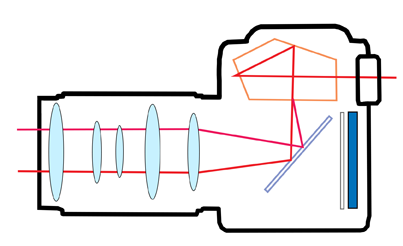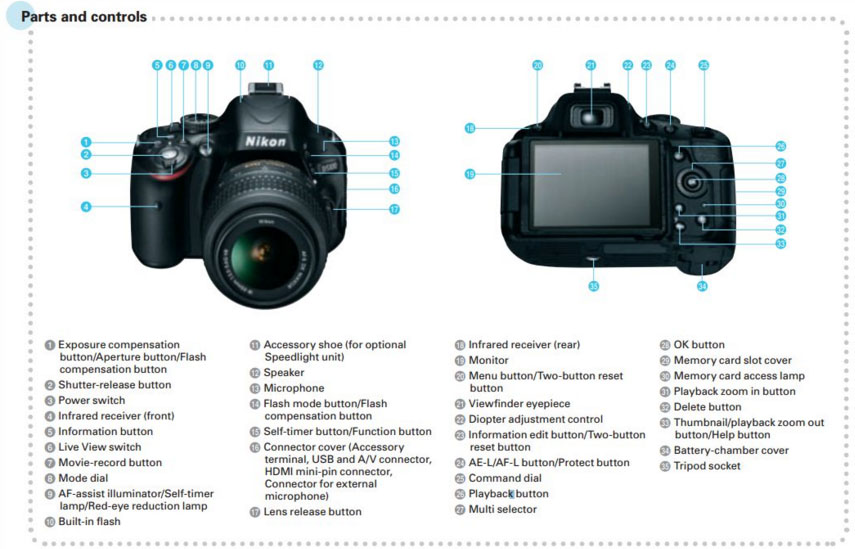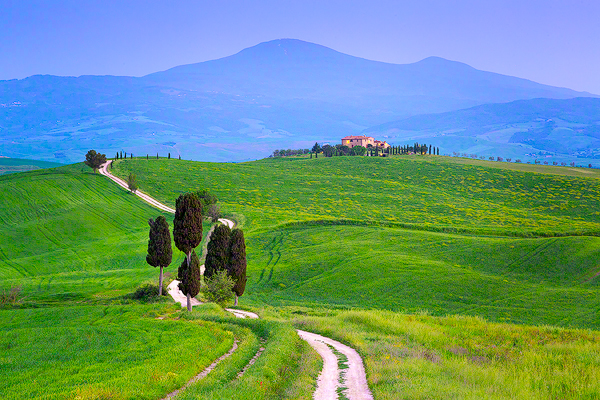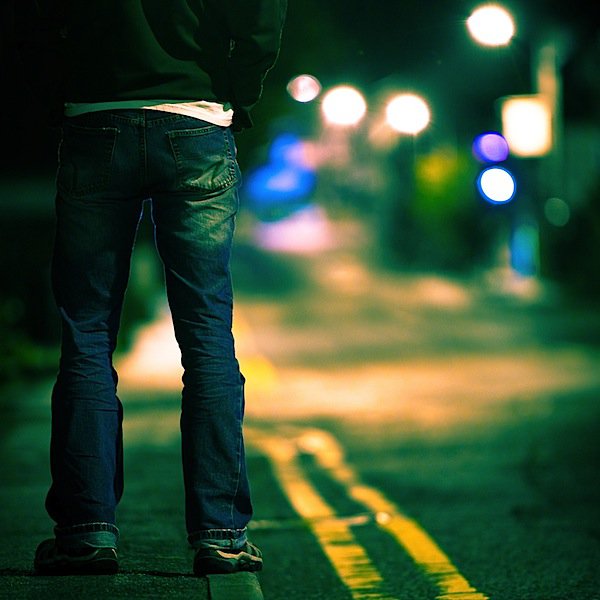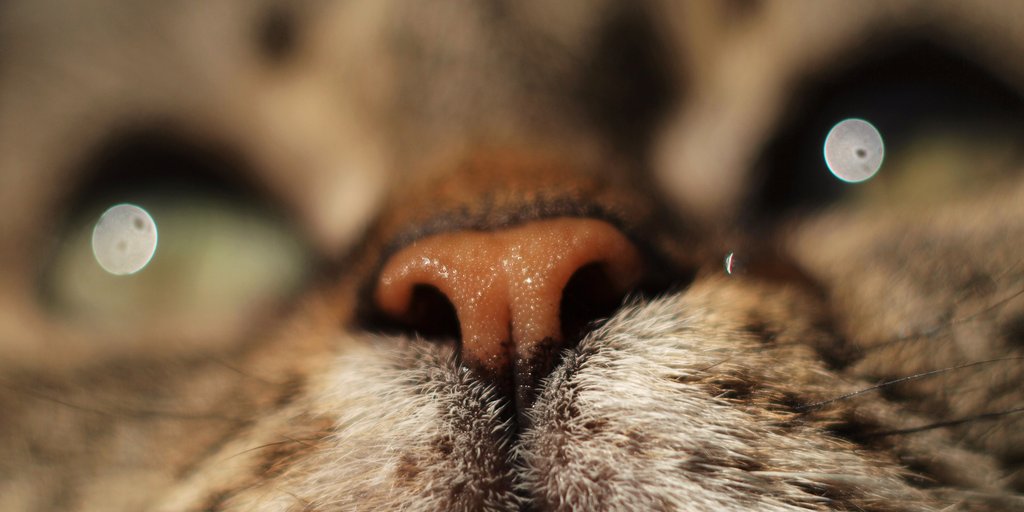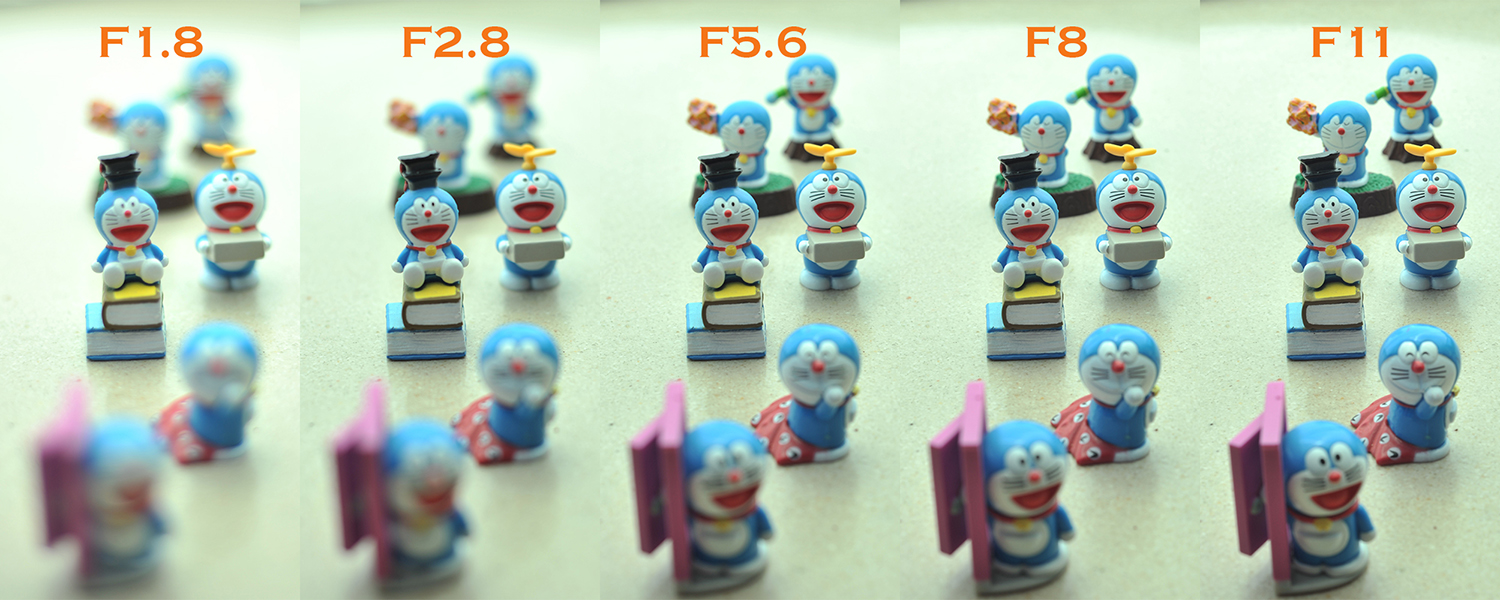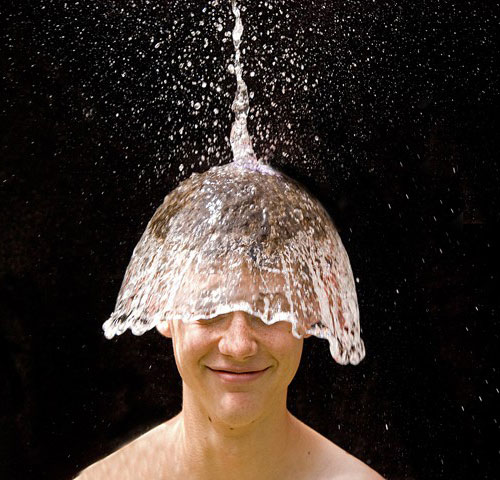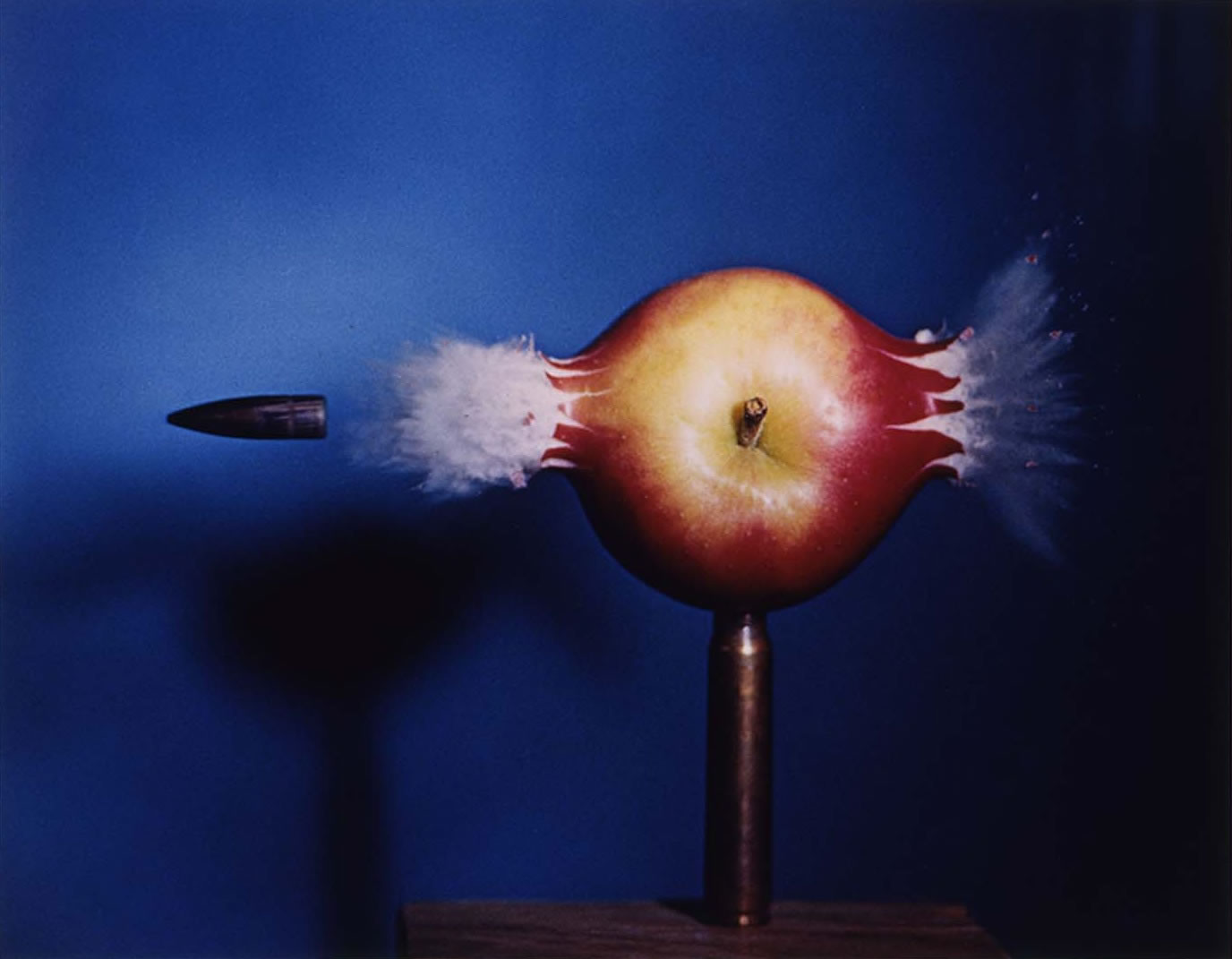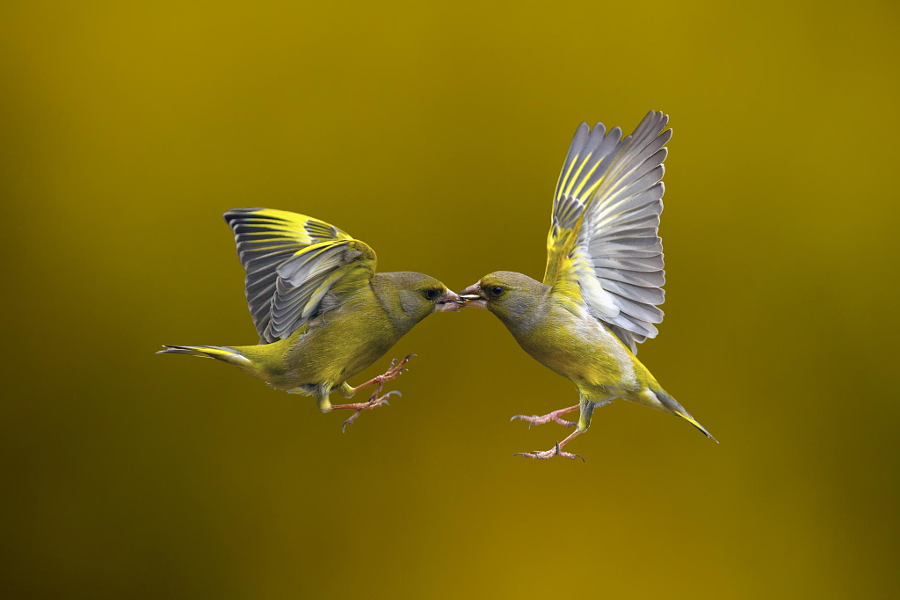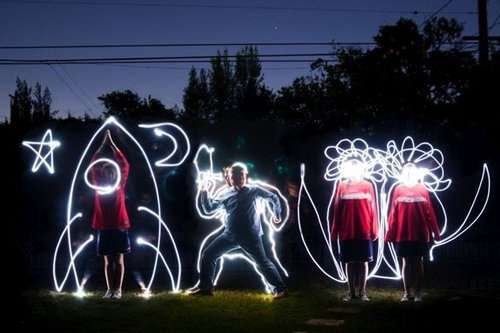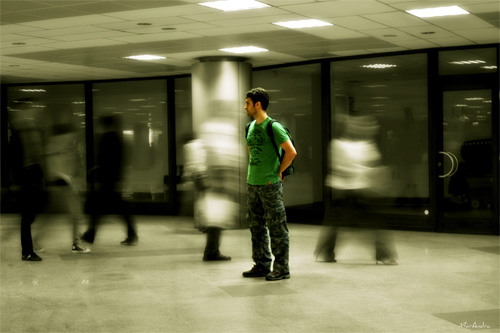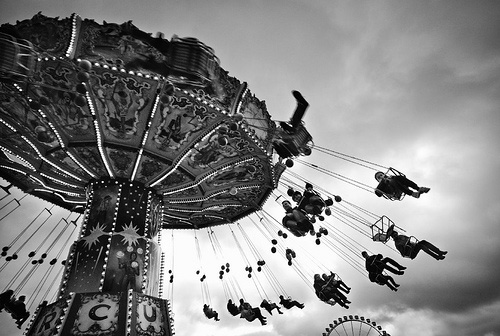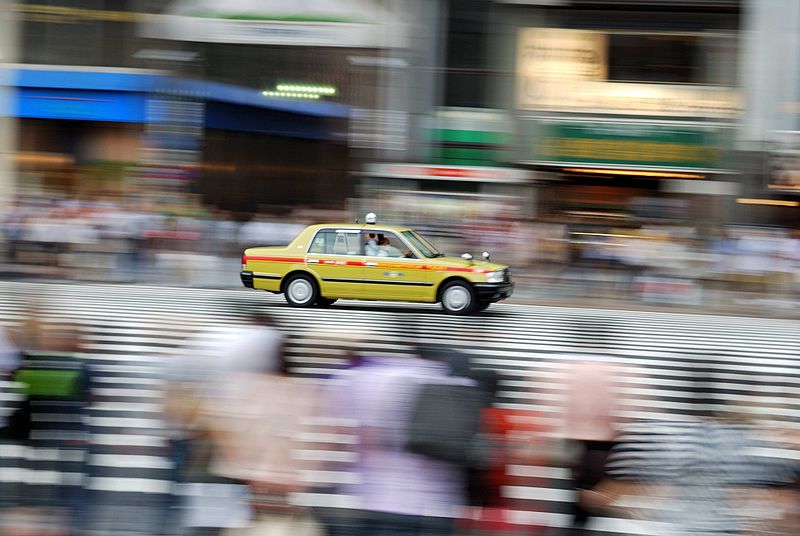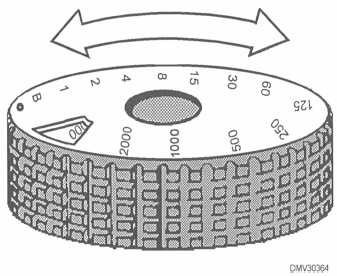What does SLR stand for?..and the D? DSLR…
*Single Lens Reflex
*Digital Single Lens Reflex
What is the significance of the SLR camera?
- What you see is what you get!!!
- You can change the lens on a digital SLR
- Digital SLRs have large image sensors that produce high-quality photos
- An SLR has a near-zero lag time, and is ideal for action photography.
Parts of the D,SLR Camera
How is your Eye like the Camera?
Iris & Aperture

Your Iris Diaphragm closes and opens to allow different amounts of Light through. We can set the Aperture of our camera to very the amount of light that gets through to the focal plane (either the Film or the Sensor). The different Aperture setting are described as “F stops”
List of usual F stops:
What is DOF? (Depth of field)
‘The distance between the nearest and the furthest objects that give an image judged to be in focus in a camera’
OK WE ALL GOOD????
Shutter Speed
as you look over these photos, I want you to be thinking ‘How were this taken?’
OK.., Whats happening?
Shutter speeds are expressed in seconds and fractions of a second:
B, 1, 1/2, 1/4, 1/8, 15, 1/30, 1/60, 1/125, 1/250 ,1/500 ,1/1000 ,12000/ ,1/4000 ,1/8000
If your wondering what the ‘B’ stands for it means Bulb.
See the bulbous thing in the above image of the old school camera? Well in days of old, when the first cameras were being made, the shutter was held open by squeezing air out the ‘Bulb’ in to a mechanisism that opened the Shutter. When you released your hand the air would return to the bulb and the shutter would close.
…you might have to hold the Bulb shut for a long time on a cloudy day… more at night. But the light energy accumulates as time passes.
1. Shooting modes
- Aperture Priority (Av or A)
Aperture priority can be thought of as a ‘semi-automatic’ shooting mode. When this is selected, you as the photographer set the aperture and the camera will automatically select the shutter speed. So what is aperture and when would you want to control it? - Shutter Priority (Tv or S)
Similarly to aperture priority, this is another ‘semi-automatic’ shooting mode, though in this instance, you as the photographer set the shutter speed and the camera will take care of the aperture. The shutter speed, measured in seconds (or more often fractions of a second), is the amount of time the shutter stays open when taking a photograph. The longer the shutter stays open, the more light passes through to the sensor to be captured. - Program (P)
Program mode is almost a halfway house between the semi automatic modes of aperture/shutter priority and full manual control. In program mode, you are able to set either the aperture or shutter speed, and the camera will maintain the correct exposure by adjusting the other one accordingly, i.e. as you change the aperture, the shutter speed will automatically change, and vice versa. This gives you additional freedom that using either aperture priority or shutter priority cannot give without switching between shooting modes.. - Manual (M)
Manual mode is exactly what it sounds like, you are given full control over the exposure determination, setting both the aperture and shutter speed yourself. There will be an exposure indicator either within the viewfinder or on the screen that will tell you how under/over exposed the image will be, however, you are left to change the shutter speed and aperture yourself to ensure you achieve the correct exposure.Practically Speaking: as a first step to taking your camera off ‘auto’, aperture priority and shutter priority modes offer two very simple ways to start to understand how the different setting impact your images and are a perfect starting place for learning how to use your camera more creatively
2. ISO or ASA
International Standard Organization,
American Standards Association;
is a measure of how sensitive the sensor of your camera is to light. The term originated in film photography, where film of different sensitivities could be used depending on the shooting conditions, and it is no different in digital photography. The ISO sensitivity is represented numerically from ISO 100 (low sensitivity) up to ISO 6400 (high sensitivity) and beyond, and controls the amount of light required by the sensor to achieve a given exposure. On film, the #stands for the amount of Silver Chloride particles on the film. The Higher the ISO the grainer the photo.
3. The ‘exposure triangle’
Putting it all together… Yup, there a lot to juggle!
…………………………………………………..
4. Metering
- exposure compensation (+/-)
5. Focussing
- focussing modes (AF-S/AF-C)
- focus points
6. File size/types
- raw vs jpeg
7. White balance

